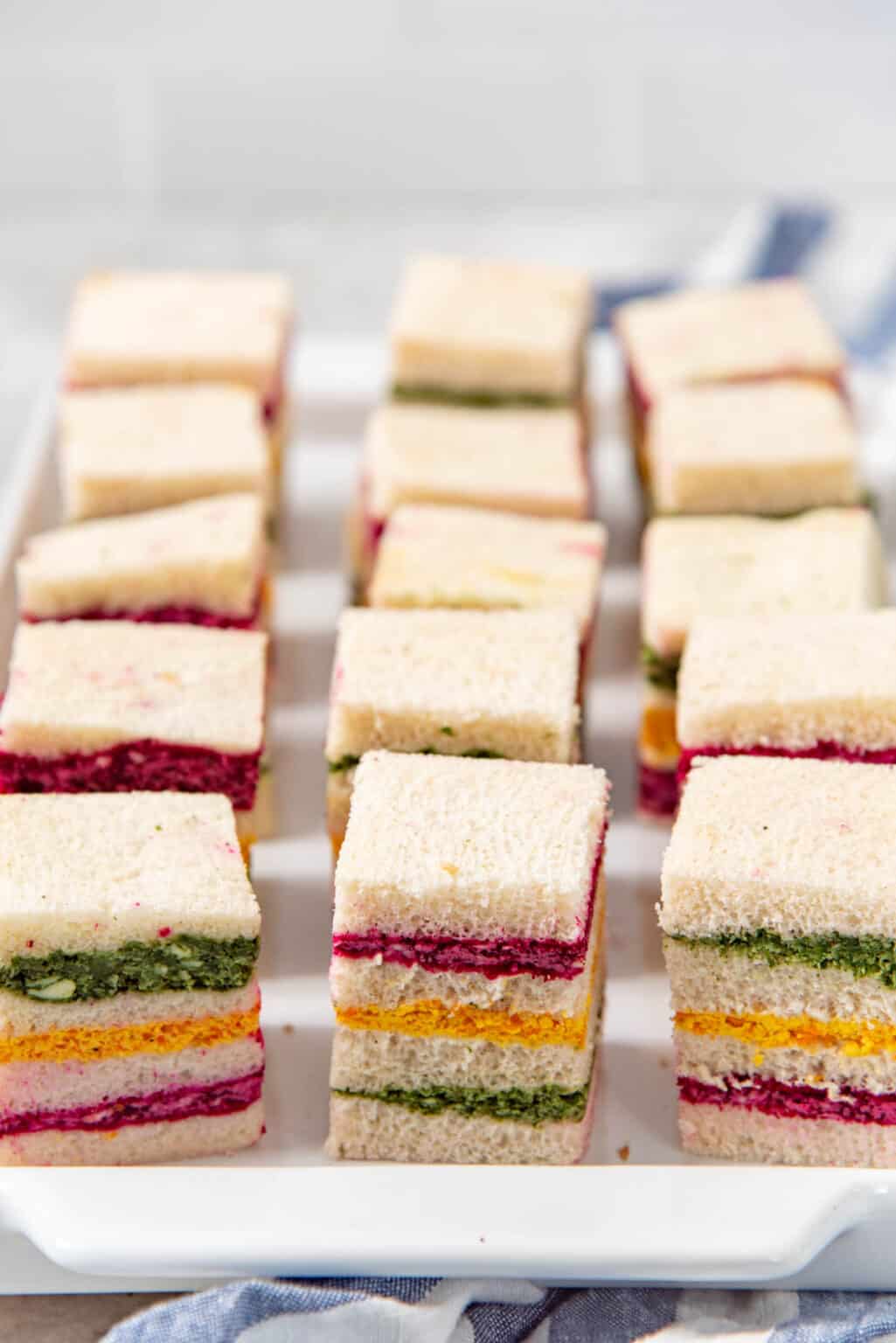Three events reported in a day:
A 9-year old boy chess prodigy, a 17-year old girl's nerveless display to clinch Badminton gold for India to win the Asian team championship, a 22-year old cricketer's effortless double century to swing a cricket test and series in India's favor. All in a day's news. Such stories were also celebrated in the past but infrequently and were treated as big surprises, but three stories reported in a day is no longer unexpected. The potential size of India's sports base is such that successful outcomes become inevitable if the number of opportunities to convert to a podium finish is increased even by a small percentage. Even though a specific outcome depends on individual karma and their sadhana and is not deterministic, the simple Ganita of outcomes as a group is that:
Given 'n' opportunities and a probability 'p' of success per opportunity, the expected number of successful outcomes = np.
For a nation, n represents the size of its sporting base: the number of individuals with a liking for the outdoors, are athletically gifted AND their family is willing to consider a brief or long career in or through sport. On the other hand, p captures the complex impact of identifying such talent and the dharma of their selection criteria, diet, training, exposure, and ultimately, their conscious mental ability in the heat of battle.
Until a decade ago, both opportunities (n) and the chance of success (p) were low. The current Indian state is that both n and p are low in comparison to natural sporting nations like Australia. Every small improvement in India's health and fitness, sports and education to reward, encourage, and nurture sporting talent, will simultaneously raise n and p and yield a nonlinear and sustainable increase in the number of such success stories in Indian sport.
For example, a modest 10% improvement in n and p, improves the expected number of successes to (1.1n * 1.1p) = 1.21 (np), i.e., a 20% increase in the expected number of successes.




